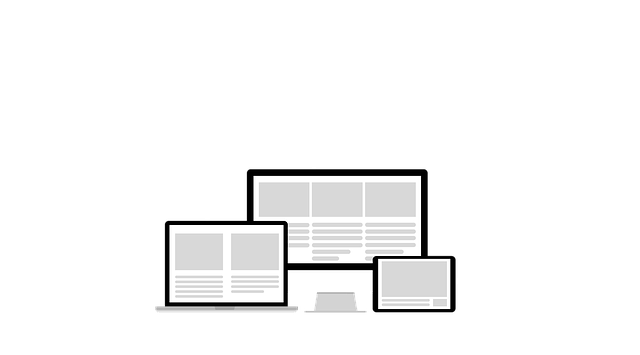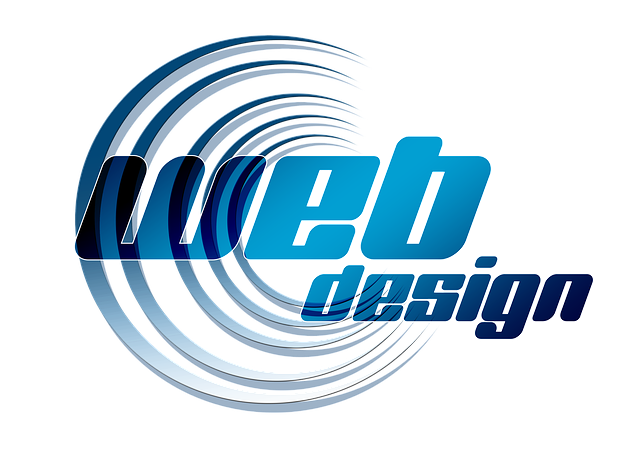A full-service custom website offers a collaborative approach to digital presence, encompassing concept creation to maintenance. Custom web design is key, ensuring visual appeal, brand alignment, and enhanced user experience through expert crafting. This strategy boosts SEO, accessibility, and feature integration, driving organic traffic from all devices. A high-performing design merges art and science, prioritizing user experiences with strategic components like structured content, meta tags, and interactive elements.
Selecting the right agency is vital for exceptional results; look for partners with custom web design expertise and complementary services. The process involves understanding client needs, detailed planning, wireframing, design, development, testing, and performance optimization. Modern technologies like HTML5, CSS3, JavaScript, React, Angular, and Vue.js create dynamic, responsive interfaces.
Measuring success focuses on achieving business goals, tracking KPIs related to conversions, engagement, and brand awareness. Future trends include AI, AR, voice interfaces, accessibility, and sustainability in custom web design.
“In today’s digital landscape, a robust online presence is non-negotiable for businesses seeking to thrive. This is where full-service custom websites step into the spotlight. This comprehensive guide delves into the intricacies of crafting tailored digital experiences. We explore the benefits of custom web design, from enhanced user engagement to improved SEO rankings. Learn about the critical components that contribute to a successful website and gain insights into selecting the ideal agency for your needs. Additionally, discover the latest technologies shaping modern web design and strategies to measure your investment’s return.”
Understanding Full-Service Custom Websites

A full-service custom website is a comprehensive solution that goes beyond simple website creation. It involves a dedicated team offering a range of services from initial concept and design, to development, implementation, and ongoing maintenance. This collaborative approach ensures every aspect of your online presence is tailored to your unique business needs.
Custom web design plays a pivotal role here. It means crafting a website that’s not just visually appealing but also perfectly aligns with your brand identity and user experience expectations. With expert designers, you’ll get a site that stands out, captivates visitors, and effectively communicates your value proposition.
The Benefits of Custom Web Design for Businesses

Custom web design offers businesses a competitive edge in today’s digital landscape. A tailored website reflects a company’s unique brand identity, allowing for a more engaging user experience that captivates visitors and fosters stronger connections with potential customers. Unlike generic templates, custom design incorporates specific business requirements, ensuring optimal functionality, enhanced accessibility, and seamless integration of essential features.
This personalized approach translates to improved search engine optimization (SEO) as well. Custom web design allows for strategic implementation of keywords, meta descriptions, and structured data, boosting online visibility and driving organic traffic to the site. Moreover, a custom website can be designed with mobile responsiveness in mind, ensuring a seamless browsing experience across all devices—a crucial factor given that most internet users now access websites through smartphones and tablets.
Key Elements of a Successful Custom Website

A successful custom website is more than just aesthetically pleasing; it’s a strategic digital asset that seamlessly blends art and science. At its core, a robust custom web design integrates user-centric experiences with search engine optimization (SEO) best practices. This means prioritizing intuitive navigation, fast loading speeds, and mobile responsiveness to ensure every visitor has a positive experience, regardless of their device or location.
Essential elements include well-defined content architecture, optimized meta tags, and strategic use of keywords to enhance visibility on search engines. Additionally, integrating interactive features, such as forms, calls to action, and user-generated content, fosters engagement and encourages conversions. A successful custom website also leverages analytics to track performance, gather insights, and make data-driven decisions for continuous improvement.
Choosing the Right Custom Web Design Agency

When considering a full-service custom website, selecting the right agency is paramount. Look for an agency that not only excels in custom web design but also offers comprehensive services such as development, content creation, and ongoing maintenance. Reputable agencies will have a portfolio showcasing their diverse projects, indicating their adaptability to different industry needs.
Additionally, check client testimonials and case studies to gauge their customer satisfaction levels and the quality of their work. Communication is key; choose an agency that prioritises transparency and maintains open lines of communication throughout the project lifecycle. A good fit is essential for aligning goals, ensuring timely delivery, and fostering a collaborative environment.
The Process Behind Creating a Full-Service Custom Website

Creating a full-service custom website involves a meticulous process, from initial concept to final launch. It begins with an in-depth understanding of the client’s needs and goals. This phase includes detailed planning, wireframing, and designing to ensure the site aligns perfectly with the brand identity and user expectations. Custom web design experts then translate these ideas into a functional website structure, incorporating unique features and responsive elements for seamless access across various devices.
The development stage brings the design to life using cutting-edge technologies. Developers code the website, integrating third-party tools and platforms as required. Content creation and management systems are implemented to empower clients with easy updates. Thorough testing ensures bug-free functionality, and performance optimization guarantees a lightning-fast user experience. This meticulous approach results in a dynamic, visually appealing, and highly functional custom web design that captivates audiences and drives business success.
Technologies Used in Modern Custom Web Design

In modern custom web design, a myriad of technologies come together to create dynamic and interactive user experiences. HTML5, CSS3, and JavaScript form the backbone, enabling structural, stylistic, and behavioural elements to be defined and enhanced with cutting-edge features. These languages allow for responsive designs that adapt seamlessly across various devices and screen sizes, ensuring an optimal viewing experience.
Beyond these fundamentals, custom web designers leverage powerful frameworks like React, Angular, or Vue.js to build complex applications efficiently. These frameworks simplify the management of intricate user interfaces, making it possible to deliver fast-loading, high-performance websites that meet today’s user expectations. Additionally, integration with cloud services and databases enhances functionality, while tools for version control and collaboration streamline the development process, fostering a more efficient and organised approach to custom web design.
Measuring Success and ROI of Your Custom Website

Measuring the success of a custom web design project is crucial for understanding its return on investment (ROI). Unlike generic templates, full-service custom websites are tailored to specific business needs, so their value isn’t always immediate or quantifiable like with metrics like page views or bounce rates. Instead, success is often defined by achieving specific business objectives: increased conversions, improved customer engagement, or enhanced brand awareness.
To gauge ROI, consider tracking key performance indicators (KPIs) relevant to these goals. For e-commerce sites, this could mean monitoring sales and revenue growth alongside average order value and customer lifetime value. For service-based websites, lead generation, client retention rates, and the quality of generated leads are critical metrics. Analyzing user behavior through heatmaps, session recordings, and A/B testing can also provide insights into how effectively your custom website is meeting user needs and guiding them towards desired actions, ultimately contributing to its overall success and value.
Future Trends in Custom Web Development

As we move further into the digital age, future trends in custom web development are poised to revolutionize online experiences. Custom web design is evolving beyond aesthetics and usability to incorporate cutting-edge technologies like artificial intelligence (AI) and augmented reality (AR). These innovations promise to make websites more interactive and intuitive, catering to users’ individual preferences and behaviors in real time.
One prominent trend is the integration of voice user interfaces, enabling seamless interaction with websites through voice commands. Additionally, there’s a growing emphasis on accessibility features, ensuring that custom web design caters to diverse user needs, including those with visual or motor impairments. Sustainability is another critical aspect gaining traction, with developers focusing on eco-friendly practices and energy-efficient web technologies.
